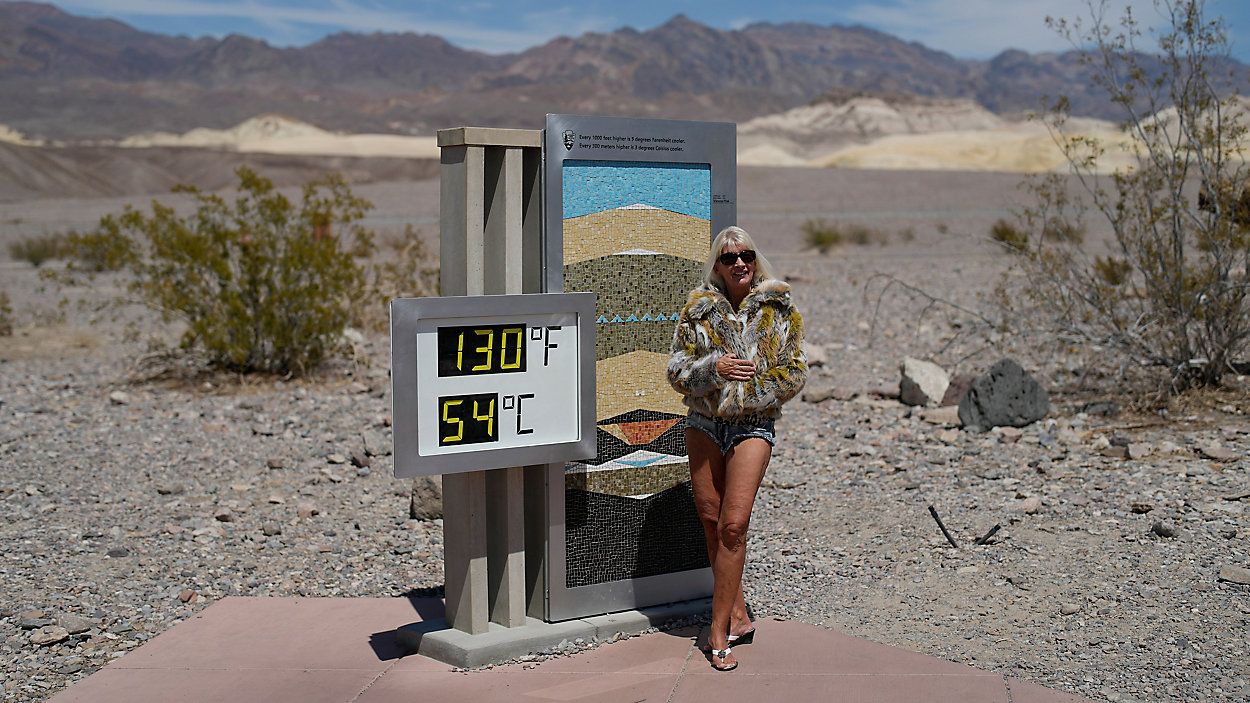Flooding in Vermont, extreme heat in Arizona and the devastating wildfire in Hawaii are all evidence of a warming planet, scientists say. Last month was not only the hottest July dating back to at least 1880, it shattered the previous 2019 record by two-tenths of a degree Celsius, the National Oceanic and Atmospheric Assn. said Monday.
“That might not sound like a lot, but the margin for most global records is on the order of a hundredth of a degree or two,” said NOAA Chief Scientist Sara Kapnick. “Last month was way, way warmer than anything we’ve ever seen.”
July is typically the hottest month of the year, but July 2023 was hotter than any year since at least 1880, the agency said.
“We have now seen 47 consecutive Julys that are above the 20th century average,” Kapnick said.
Next year is likely to be even hotter.
“We’re anticipating that not only is 2023 going to be possibly a record warm year, but we anticipate that 2024 will be warmer still,” said Gavin Schmidt, director of NASA’s Goddard Institute for Space Studies in New York.
Schmidt said bathtub-like temperatures in the North Atlantic Ocean are part of an El Niño climate pattern that makes surface waters unusually warm. While El Niño began in June, its effects aren’t typically felt for several months.
NOAA estimates there is more than a 95% chance that El Niño will continue through the winter and into next spring. Already 40% of the ocean is experiencing a marine heatwave — a trend that is likely to continue into at least the fall.
El Niño can temporarily warm the globe by 0.1 degree Celsius — the equivalent to the expected warming over a ten-year period, NOAA said.
“A year like this gives us a glimpse of how rising temperatures and heavier rains can impact our society and stress critical infrastructure,” Kapnick said. “It’s important to remember that these years will be cool by comparison with the middle of the century if we continue to warm our planet with greenhouse gas emissions.”
NASA and NOAA are coordinating research to help stave off the worst effects of climate change.
While most people think of NASA as a space agency, it has more than 20 instruments in space that provide precise readings on everything from air pollution and mineral dust to methane emissions and the elevations of lakes, rivers, streams and reservoirs. That data is now being used to develop practical solutions to Earth-bound problems, according to NASA Administrator Bill Nelson.
“The last nine years are the warmest on record,” Nelson said Monday. “Mother nature is sending us a message, and that message is we better act now before it’s too late to save our climate. In other words, to save our planet.”
NASA is helping farmers by providing them with information on the moisture content of their soil to help them save money on irrigation. It’s also providing data on disease detection in trees to help prevent wildfires. It’s currently working with the city of Los Angeles on a reflective pavement project to bring down temperatures in so-called urban heat islands, where dark asphalt otherwise absorbs heat.
“All of the data that NASA collects is publicly available,” said NASA Chief Scientist and Senior Climate Advisor Kate Calvin. “We’re working to make it easier to use so that people can understand what’s happening in their communities and help plan for the future.”



